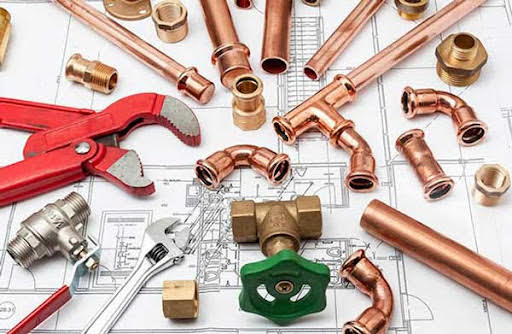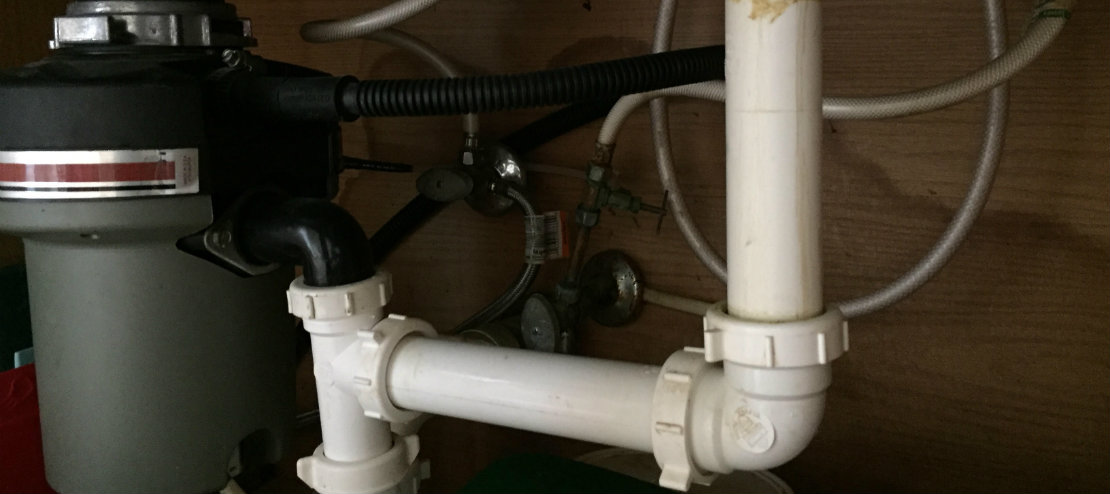Learning the Core Concepts of Home Plumbing: A Beginner's Introduction
Learning the Core Concepts of Home Plumbing: A Beginner's Introduction
Blog Article
We've stumbled on the article involving How Does the Plumbing Work in Your Home? below on the internet and felt it made good sense to relate it with you on this page.

Plumbing is a crucial aspect of any type of home, in charge of supplying tidy water for drinking, cooking, and showering, along with getting rid of wastewater securely. Recognizing the basics of home plumbing is important for every home owner to make certain appropriate upkeep, troubleshooting, and, if required, repair work. In this beginner's guide, we'll cover the basic ideas of home plumbing to help you end up being much more aware of how it works.
Water Supply System
The water supply system brings clean water right into your home from a municipal water source or a personal well. It includes a major water line that attaches to your home's plumbing system, usually located underground. A water meter gauges the quantity of water taken in, while a shut-off shutoff enables you to control the flow of water right into your home.
Plumbing Fixtures
Plumbing components are tools that supply water to different parts of your home and consist of sinks, taps, toilets, showers, bathtubs, and appliances such as dish washers and washing devices. Each fixture is connected to the supply of water system through pipes and fittings and may have its shut-off shutoff for maintenance or emergencies.
Water Heater
The water heating system is responsible for heating water for domestic use, consisting of showering, cooking, and cleaning. Typical kinds of water heaters consist of tank-type water heaters, tankless (on-demand) water heaters, and heatpump water heaters. The hot water heater is attached to the water system and provides warm water to plumbing components as needed.
Drain System
The water drainage system removes wastewater from your home and lugs it away to a sewer treatment center or septic system. It includes a network of pipes, installations, and fixtures that deliver wastewater from plumbing fixtures to the primary drain line or septic system. Appropriate water drainage is important to avoid blockages, backups, and sewer leakages.
Ventilation System
The ventilation system aids preserve proper atmospheric pressure and protect against sewer gases from entering your home. Air vent pipes, additionally called air vent stacks, prolong from plumbing fixtures to the roofing system, allowing sewage system gases to get away safely outdoors. Air flow pipes also enable air to enter the drainage system, assisting in smooth wastewater flow and avoiding suction or vacuum cleaner effects.
Usual Plumbing Tools
Having the right tools handy is important for executing standard plumbing repair work and maintenance jobs. Usual plumbing devices include flexible wrenches, pipe wrenches, pliers, pipe cutters, hacksaws, bettors, augers (or drainpipe snakes), and Teflon tape. Having these tools conveniently offered can aid you deal with small plumbing issues effectively.
Standard Plumbing Repairs
While some plumbing repair services might need professional help, many common issues can be resolved with standard do it yourself strategies. Knowing just how to deal with a leaky faucet, unclog a drain, change a bathroom flapper, or fix a trickling showerhead can save you money and time on plumbing repair work.
Verdict
Recognizing the fundamentals of home plumbing is necessary for every house owner to keep a secure, useful, and reliable plumbing system. By familiarizing yourself with the supply of water system, plumbing fixtures, drainage system, ventilation system, usual plumbing devices, and basic repair services, you can with confidence resolve small plumbing problems and guarantee your home's plumbing system runs efficiently.
Plumbing for Beginners: A Comprehensive Guide
If you’re a beginner when it comes to plumbing, don’t worry; you’re not alone. Plumbing may seem intimidating, but with the right knowledge and a little practice, you can handle many common plumbing issues on your own. In this comprehensive guide, we will demystify the world of plumbing for beginners, providing you with the basic knowledge and skills needed to tackle common plumbing problems and even take on some DIY plumbing projects.
The Importance of Basic Plumbing Knowledge for Beginners:
First and foremost, basic plumbing knowledge gives you a solid foundation. It helps you grasp the key concepts and terminology that are essential in this field. By learning the basics, you’ll be able to build upon that knowledge and tackle more complex plumbing tasks in the future.
Having a basic understanding of plumbing also enables you to handle common issues that may arise in your home. Picture this: a leaky faucet or a clogged drain. With some basic plumbing knowledge, you’ll have the confidence to troubleshoot and fix these problems on your own. It saves you from unnecessary expenses and the hassle of waiting for a professional to arrive.
As a beginner, learning the basics of plumbing empowers you to take care of your own home. It gives you a sense of independence and self-reliance. You’ll no longer have to rely solely on professionals for every small issue that pops up. Instead, you can handle many tasks yourself, saving time and money in the process.
Remember, everyone starts as a beginner. Embrace the learning process and take small steps to expand your plumbing knowledge. There are plenty of online resources, tutorials, and even local workshops that talk about plumbing for beginners.
Essential Tools for Plumbing for Beginners
As you start your plumbing journey, having the right tools in your toolbox is crucial. Let’s explore some of the must-have tools:
Adjustable Wrench:
This versatile tool is a staple in any plumber’s toolbox. It allows you to tighten or loosen nuts and bolts of various sizes. Make sure to have an adjustable wrench with a comfortable grip.
Pipe Wrench:
A pipe wrench is specifically designed for gripping and turning pipes. It has serrated jaws that provide a strong grip, making it easier to loosen or tighten threaded pipes and fittings.
Plunger:
The plunger is a simple yet effective tool for clearing clogged drains and toilets. It creates suction when you push and pull, helping to dislodge blockages. Keep a good-quality plunger handy for those unexpected clogs.
Pipe Cutter:
When it comes to cutting pipes, a pipe cutter is your go-to tool. It creates clean, precise cuts without damaging the pipe. Look for a pipe cutter that can handle the pipe sizes you’re working with.
Hacksaw:
A hacksaw is useful for cutting through pipes, screws, and other materials. It’s a versatile tool that can handle different cutting tasks. Remember to use a blade suitable for cutting metal.
Tape Measure:
Accurate measurements are crucial in plumbing. A tape measure allows you to measure pipe lengths, distances, and dimensions accurately. Opt for a sturdy tape measure that extends a good length.
Pliers:
Pliers come in handy for various tasks, such as gripping, bending, and cutting. Slip-joint pliers with adjustable jaws are great for gripping pipes, nuts, and bolts.

Do you appreciate reading up on ? Try leaving a remark directly below. We will be happy to hear your suggestions about this blog entry. We are looking forward that you come back again before long. Are you aware of somebody else who is sincerely interested in the niche? Why not share it. Thank-you for your time spent reading it.
Schedule Services Report this page